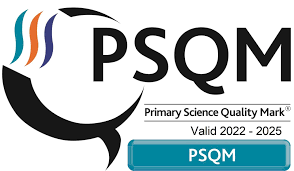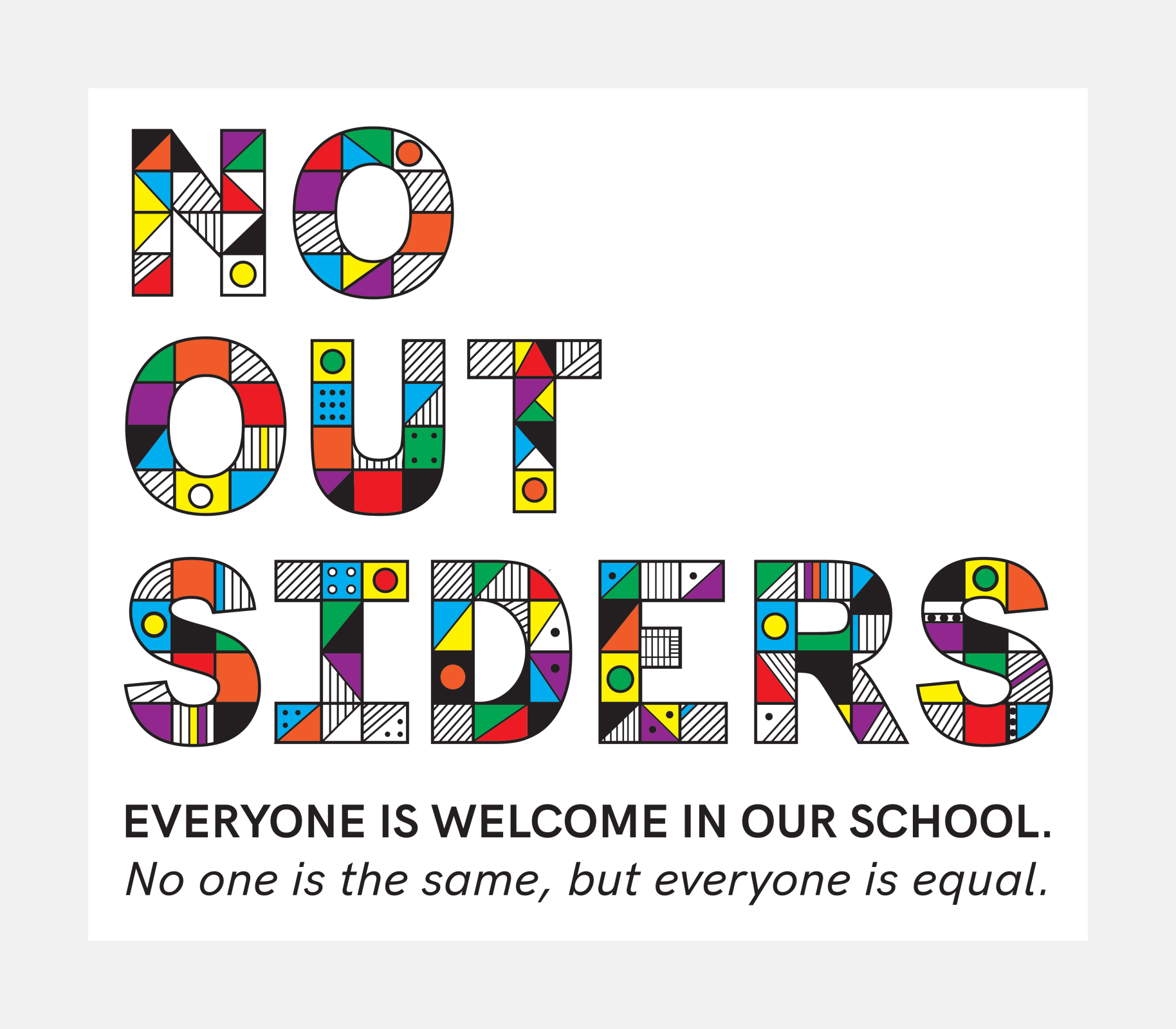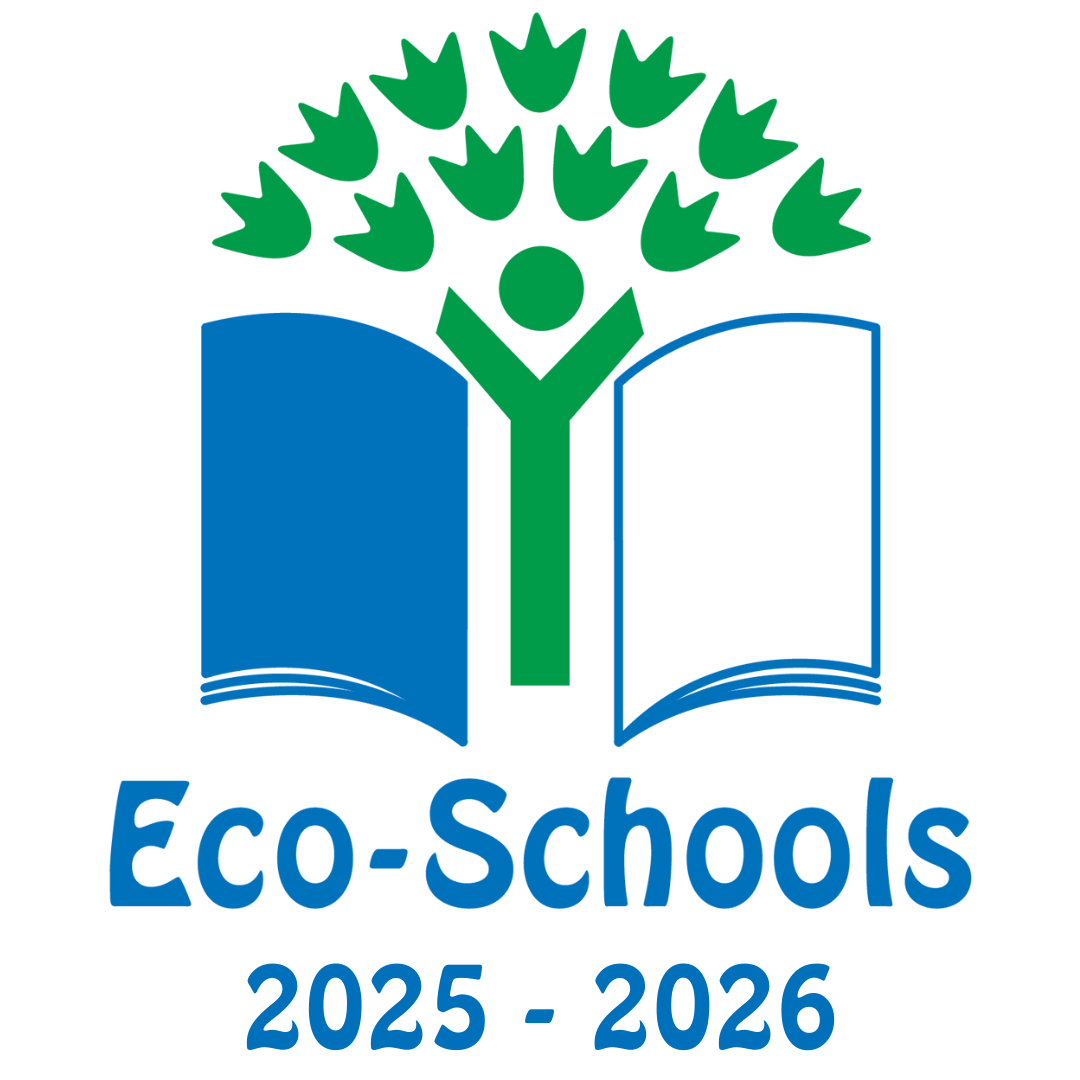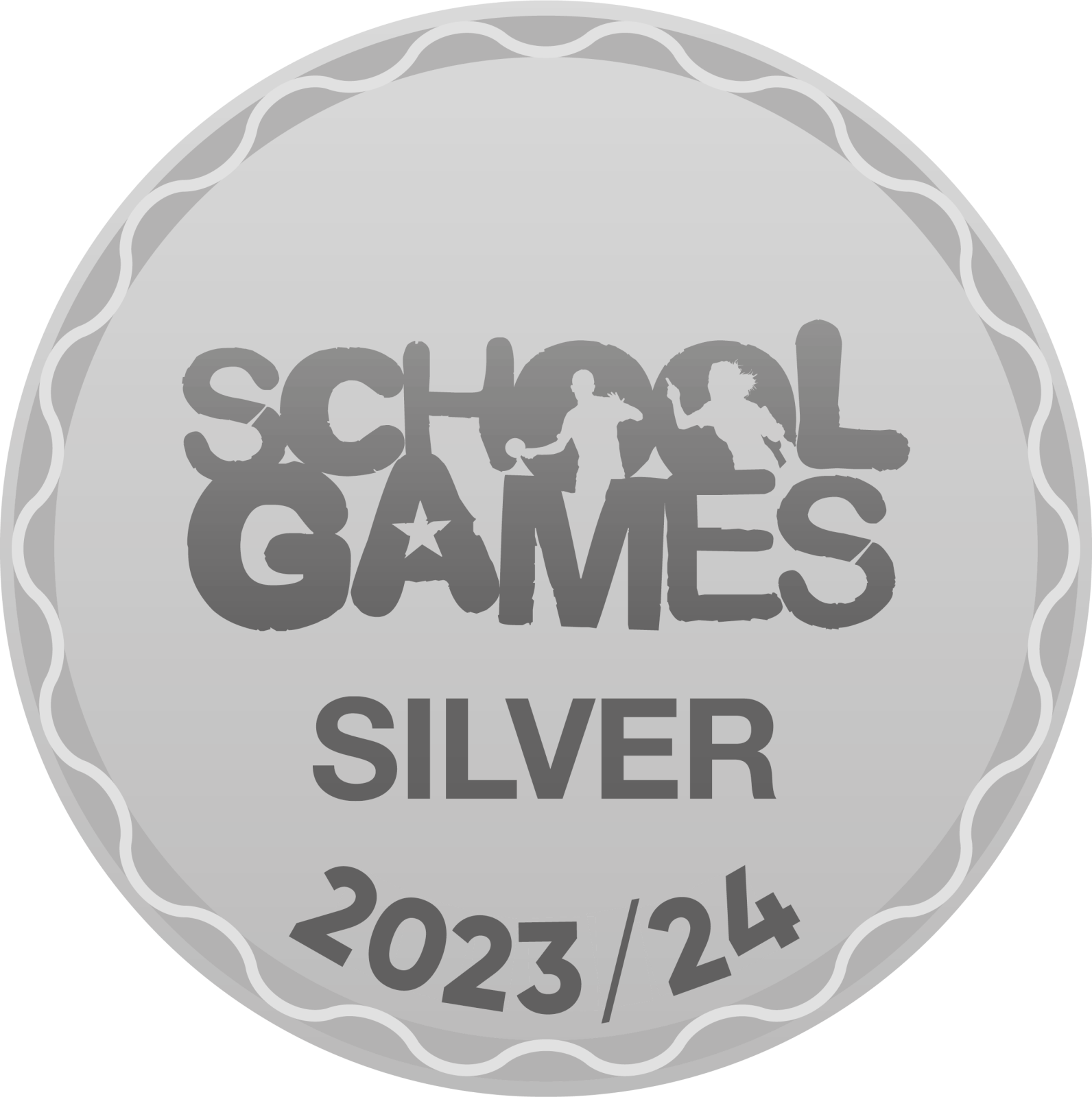Art
The Art and Design curriculum at Buckingham Park Primary has been designed to allow the children to develop an understanding of the world around them and their reaction to it. This includes both the local region alongside the wider world. Opportunities are taken to link Art and Design with other curriculum areas to enable children to make connections and join up their thinking. We are passionate about developing and promoting the arts through an enjoyable, creative and cross curricular approach.
We take full advantage of the mindful and creative opprtunitues that Art and Design is able to provide for children.
Children are encouraged to work independently and collaboratively in order to develop their mark-marking techniques. It aims to provide the pupils with opportunities to think critically about the arts and develop a deeper understanding of Art and Design. By revisiting skills they will see the progression they have been able to make and will learn to appreciate the benefits of perseverence.
Care is also taken to use the potential of our own environment for children to draw inspiration and nurture a love of art and the ability to share expression about the world around them.
INTENT
Why do we teach Art and Design? At Buckingham Park Primary School, we deliver high-quality Art lessons will:
- Enable children to become visually literate and understand that Art is a form of communication.
- Encourage children to use a wide range of media to communicate ideas and feelings.
- Nurture and harness creativity and acquire and develop a range of skills and techniques.
- Develop children’s capacity for imaginative and original thought and to try out ideas without the fear of failing.
- Enable children through observation to learn about the world around them focussing on their local environment.
- Help children learn about the role of art, craft and design in their environment and take inspiration from it.
- Empower children to become independent in the planning and reviewing of their work
- Enable children to develop their full potential confidently and independently.
- Promote and enhance the wellbeing and mental health of children throughout the school.
- Inspire children to think innovatively and develop creative procedural
- Encourage collaboration and empathy through peer feedback that is kind, helpful and specific
- Promote the use of sketchbooks that allow children to record and process ideas encouraging perseverance
- Allow children to learn about great artists, craft makers and designers and understand the historical and cultural development of their art forms.
Our Art curriculum provides children with opportunities to develop their skills using a range of media and materials. Children learn the skills of drawing, painting, printing, collage, textiles, 3D work and digital art and are given the opportunity to explore and evaluate different creative ideas.
Children will be introduced to a range of works and develop knowledge of the styles and vocabulary used by famous artists. In this way they will be given the opportunity to develop empathy with those artists and what motivated them. Acquired skills may be applied to their cross-curricular topics, allowing children to use their art skills to reflect on and explore topics in greater depth; for example, by sketching historical artefacts in detail, researching geographical locations in order to support their work on landscape painting, or using art as a medium to express emotion and thought to enhance their personal, social and emotional development.
Many areas of art link with the mathematical concept of shape and space; for example when creating repeating patterns and designs considering rotational symmetry, when creating sculpture thinking about 3D shapes to support structures. It is paramount that artwork be purposeful; be this as a means of expression or to explore the styles of other artists that inspire our own work. Pupils should have a clear understanding of the intended outcomes and have a means to measure their own work against these.
In Art and Design, children are expected to be reflective and evaluate their work, thinking about how they can make changes and keep improving through perseverance. This should be meaningful and continuous throughout the process, with evidence of age-related verbal and written reflection. Children are encouraged to take risks and experiment and then reflect on why some ideas and techniques are successful for a particular project or not .
Buckingham Park Art policy.pdfIMPLEMENTATION
At Buckingham Park Primary School, Art and Design is a multi-sensory activity that requires the teacher to engage and motivate with the children by outlining the task, impart knowledge, lead activities, monitor and develop the children's progress, encourage development and to ensure that each child reaches an appropriate standard through:
- Using a variety of approaches that are matched to the activity, and cater for the wide range of children’s abilities
- Providing the opportunity to examine natural objects, everyday artefacts, historical artefacts, while considering themes such as form, shape, light and shade
- Giving children the opportunity to explore a wide variety of media, ranging from traditional tools such as pastels and watercolour as well as digital tools
- Examining the local landscape as well as the wider world considering themes of perspective, composition, structure and balance
- Using a sketchbook to record their working ideas and processes, outline knowledge (including vocabulary) and encourage independent self- reflection and perseverance
- Planning a cycle of lessons for each subject, which carefully plans for progression and depth
- Asking challenging questions for pupils to apply their learning in a philosophical/open manner
- Organising trips and visiting experts who will enhance the learning experience for the children
- Encouraging children to work individually, in pairs, small groups and as whole class when required to do develop both independence and collaborative skills
- Encouraging the development of personal and social skills, being fully inclusive and giving equal access for pupils to learning opportunities
- Ensuring that issues of Health and Safety are addressed in the planning and delivery of the art curriculum.
IMPACT
Our Art Curriculum is high quality, well thought out and is planned to demonstrate progression. We assess the children against the National Curriculum programme of study.
Emphasis is placed on investigative learning opportunities to help children gain a coherent understanding of each unit of work covered throughout the school. We focus on progression of knowledge and skills and discreet vocabulary progression also form part of the units of work.
We measure the impact of our curriculum through the following methods:
- A reflection on standards achieved against the planned outcomes;
- A celebration of learning for each term which demonstrates progression across the school;
- Pupil discussions about their learning; which includes discussion of their thoughts, ideas, processing and evaluations of work.
- Assessing children’s understanding of topic linked vocabulary before and after the unit is taught.
- Summative assessment of pupil discussions about their learning.
- Images and videos of the children’s practical learning.
- Interviewing the pupils about their learning (pupil voice).
The school has a strong showing in the community and each October, the school takes part in The Big Draw. This is a national event run by the Campaign for Drawing. Children are allowed to work, sometimes on a large scale with others, or independently to enjoy a day where Art is the main focus, and produces displays around the school.
You can find out more about The Big Draw by visiting http://www.thebigdraw.org/
